Display

Strain characteristics
1. Animal Bifidobacterium was isolated from the stool of breast-fed infants for the first time, and it was pointed out that it has important effects on the nutrition of infants and the prevention of intestinal diseases;
2. This bacterium is an important physiological bacterium in the intestines of humans and animals. It participates in a series of physiological processes such as immunity, nutrition, digestion and protection, and plays an important function;
3. Animal bifidobacteria can be quickly colonized in the intestinal mucosa, forming a beneficial bacteria barrier, and densely formed on the intestinal mucosa to form a bacterial film, making pathogenic bacteria unable to colonize; acetic acid and lactic acid produced by animal bifidobacteria reduce the intestinal pH To achieve the purpose of inhibiting saprophytic bacteria;
4. Producing bacteriocin-like protein with a certain bactericidal effect; animal bifidobacteria can decompose conjugated bile acids into free bile acids, which have stronger inhibitory effects on bacteria.
Size and colony morphology
1. Size Under the electron microscope, Gram-positive polymorphic bacteria are Y-shaped, V-shaped, curved, and spatula-shaped. Their typical morphological characteristics are bifurcated bacilli, as shown in the figure:
2. Colony morphology The colonies are smooth, rounded, and the edges are intact, milky white, shiny and soft texture.
Suitable for growing environment
1. The optimal growth temperature of animal Bifidobacterium is 38-41 ° C, the optimal fermentation temperature is 35-40 ° C, the minimum growth temperature is 25-28 ° C, the maximum growth temperature is 43-45 ° C, and the initial growth pH is 6.7- 7.0;
2. Amino acid, vitamins, nucleic acid substances and salts are essential in animal Bifidobacterium culture medium. Vitamins B1, B2, B6, niacin and pantothenic acid are also essential substances. N-acetylglucosamine and Its saccharides have a special effect on promoting the proliferation of animal bifidobacteria. They are called bifidus factor Ⅰ. Peptides produced by hydrolysis of casein also have the effect of promoting the proliferation of bifidobacteria on animals. Iso-lactose, fructooligosaccharides, galacto-oligosaccharides, and pantotheylmercaptoethylamine also function as bifidus factors.
Growth characteristics
1 culture characteristics: culture in the laboratory, can be cultured with MRS medium.
2 Biochemical characteristics: Bifidobacterium animalis produces acidic metabolites such as acetic acid and lactic acid during carbohydrate metabolism, and also produces a small amount of formic acid and succinic acid, thereby achieving the purpose of inhibiting saprophytic bacteria.
Function & Application
(1) Gut-flora balance
(2) Helps fight intestinal tract illnesses, like IBS, IBD
(3) Protection against pathogens
(4) Assists in prevention of urinary tract infections
(5) Helps to build a superior immune system
(6) Anti-allergy
(7) Assists in the absorption of nutrients
(8) Suppresses occurrences of eczema
(9) Decreases antibiotic side effects
(10) Aids in dairy product digestion among the
lactose-intolerant
(11) Decreases duration of diarrhea
(12) Vitamin and Enzymes synthesis |
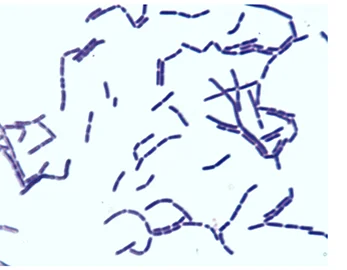 |
| Fermented Milk |
Dietary Supplements |
Functional Foods |
 |
 |
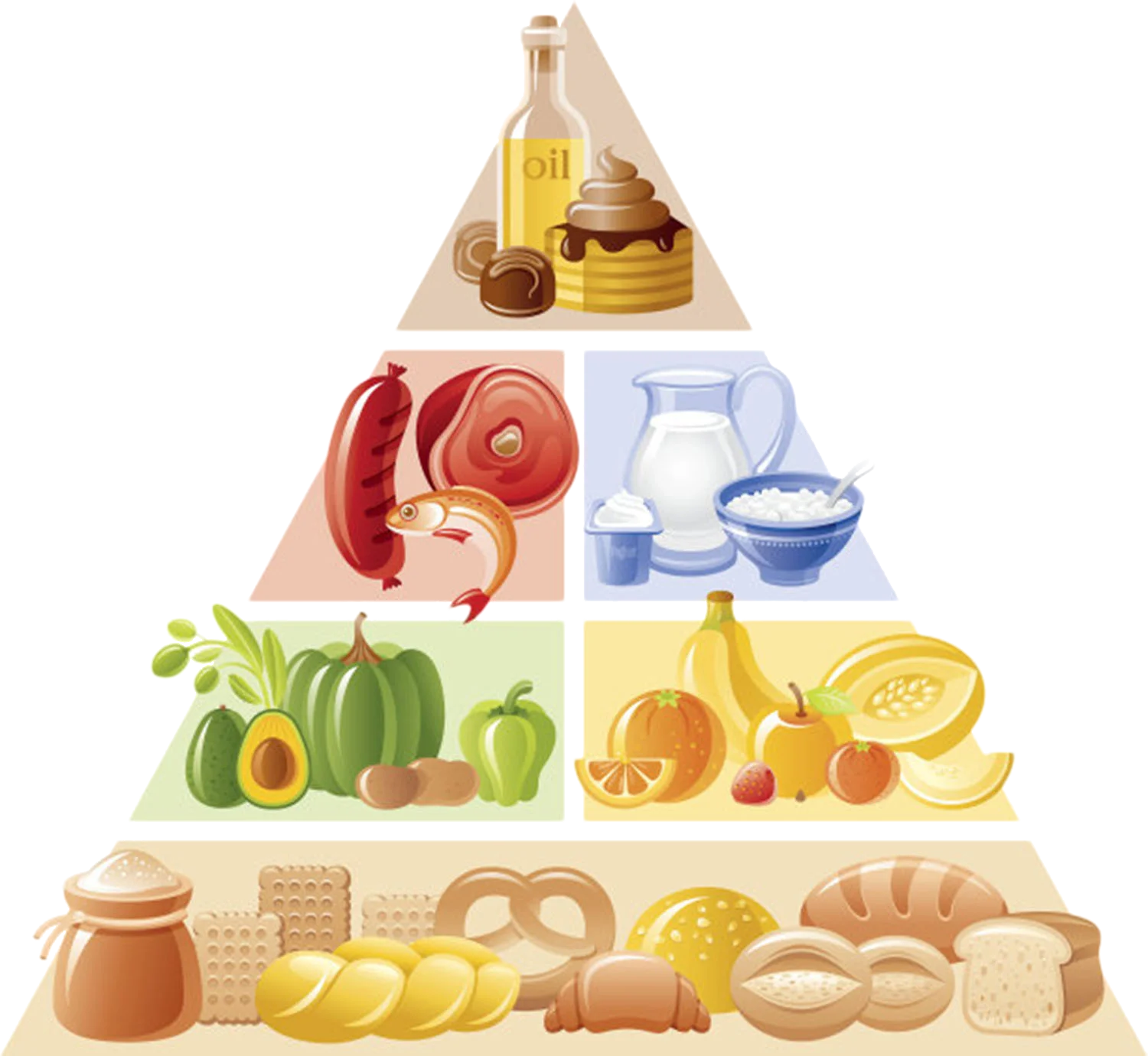 |
| Fermented Milk |
Dietary Supplements |
Functional Foods |
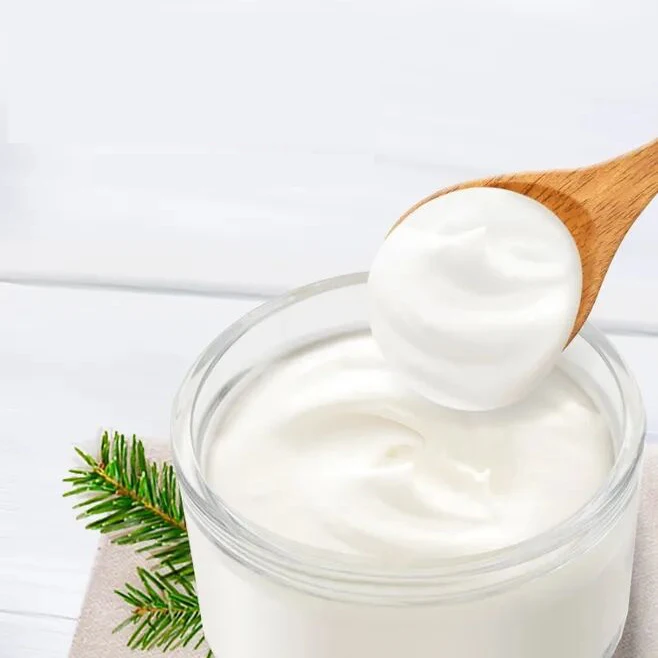 |
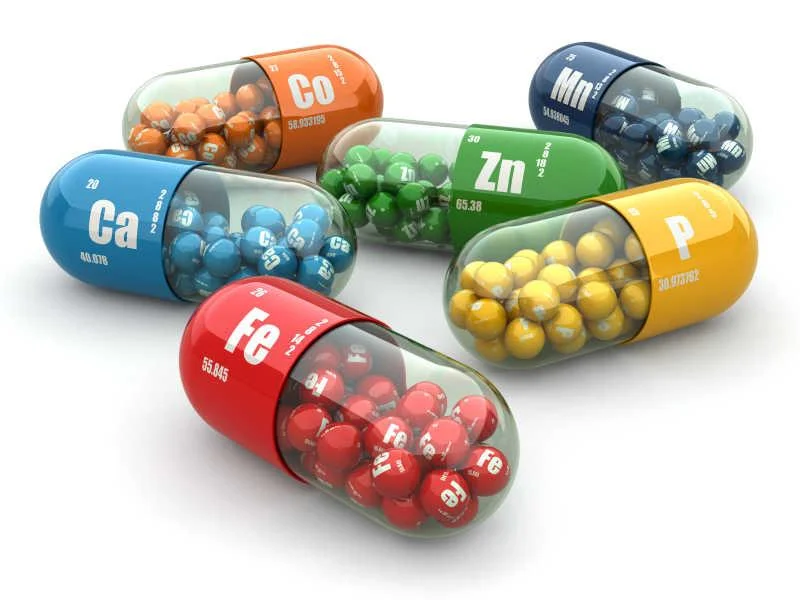 |
 |






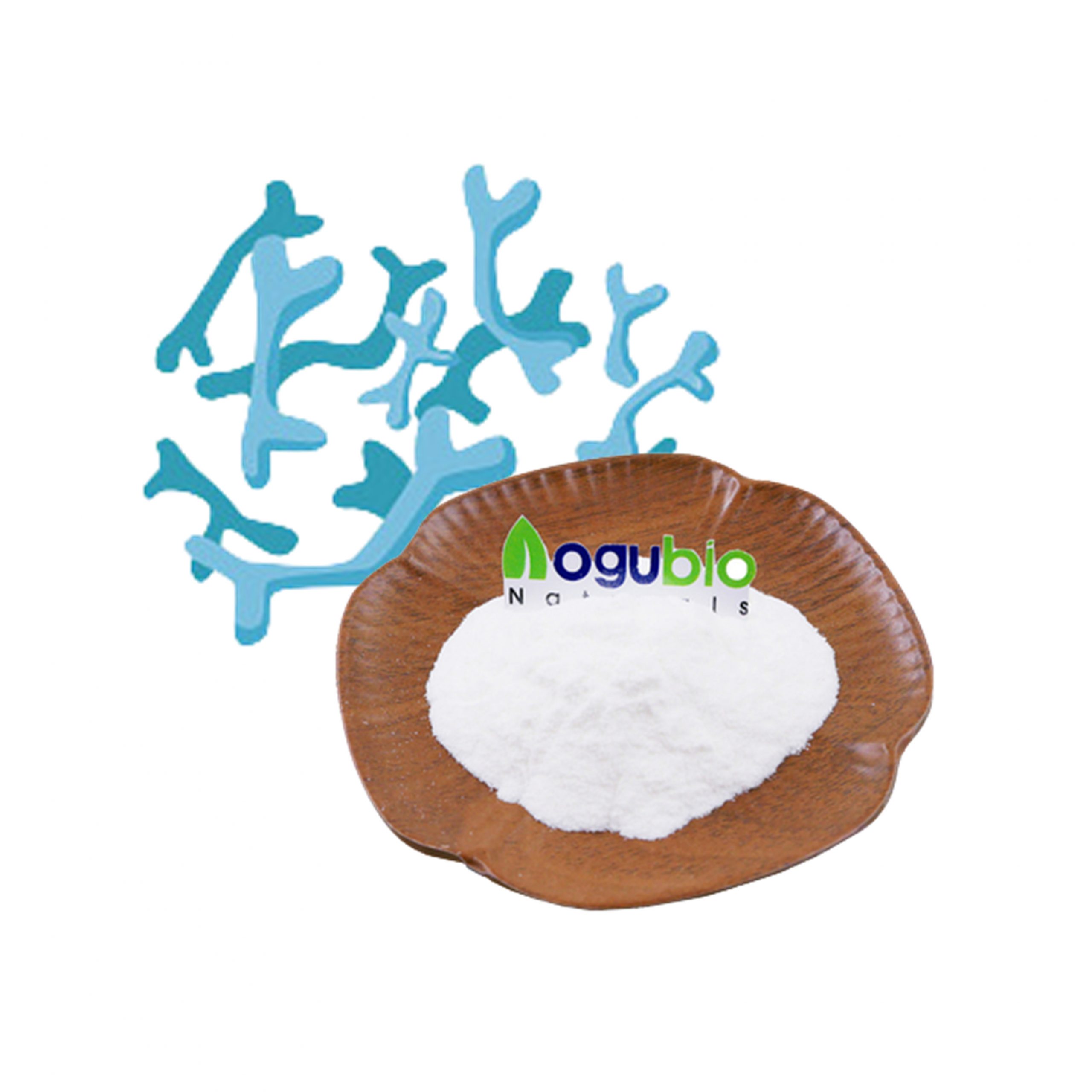
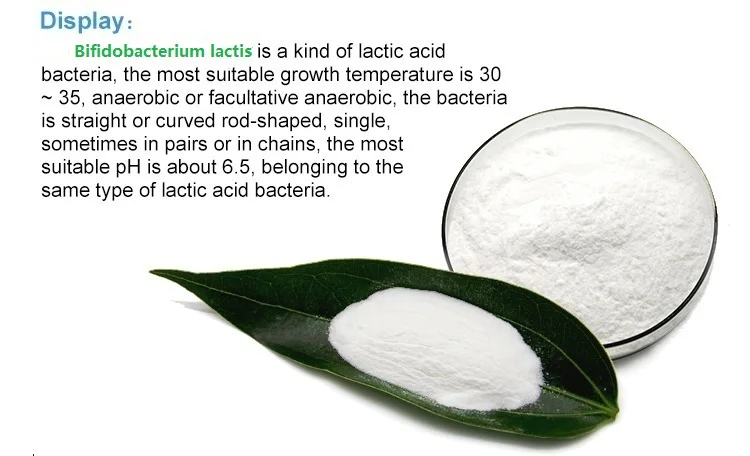








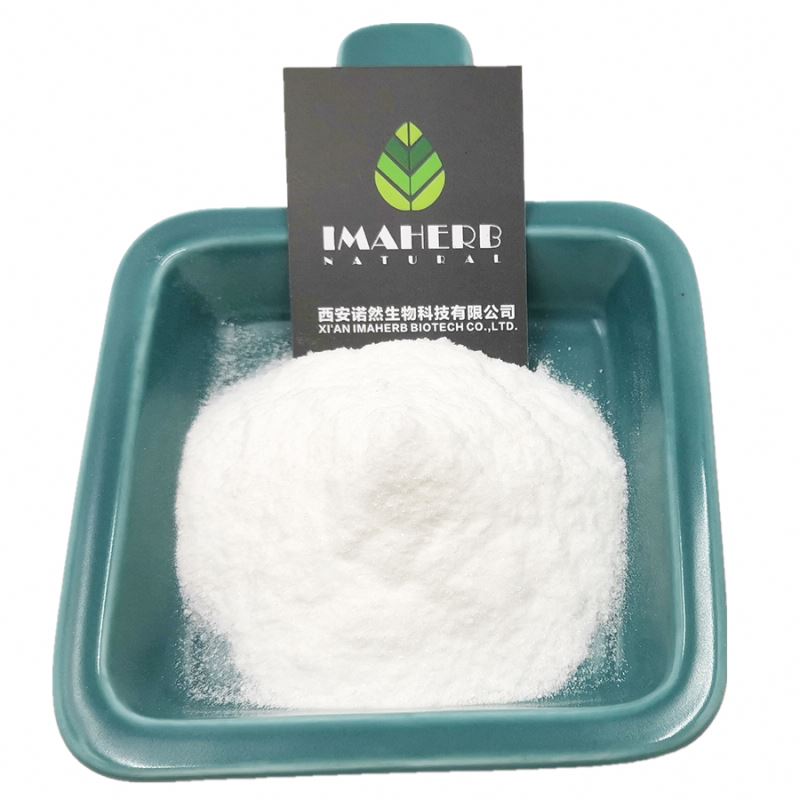

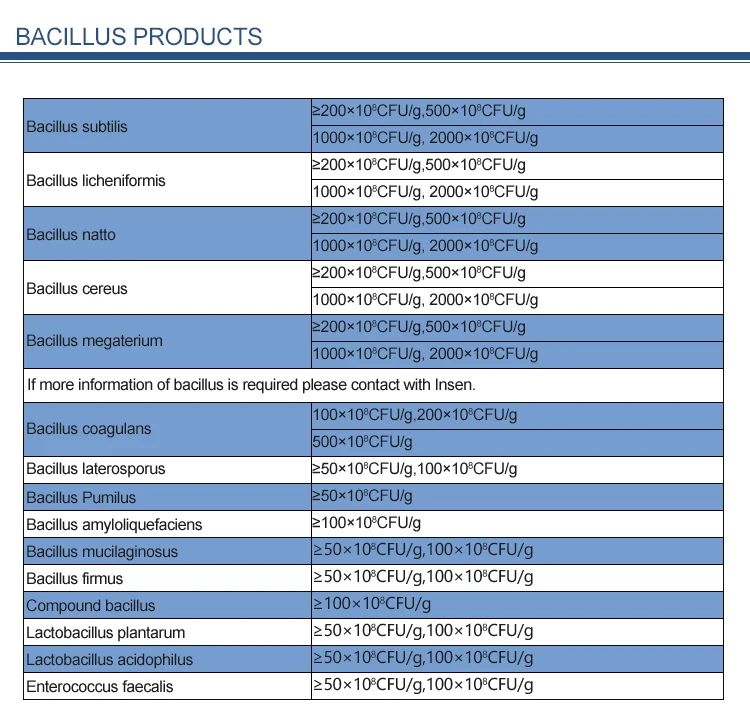
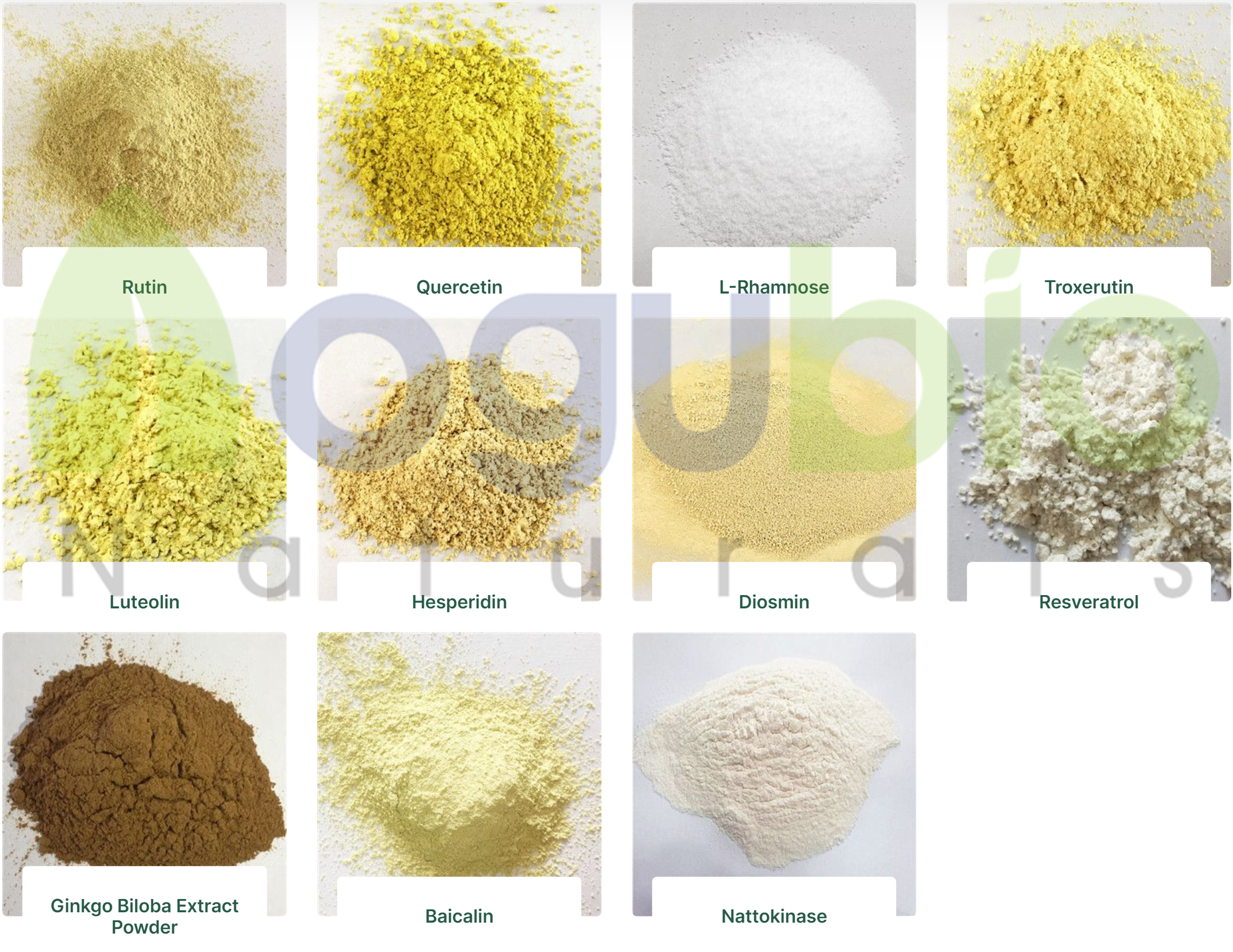




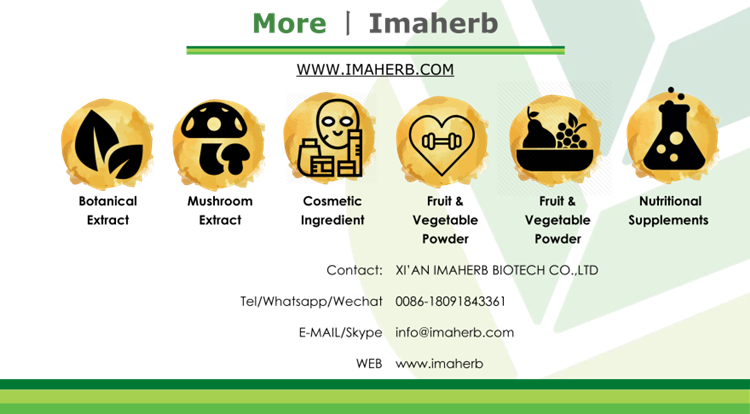
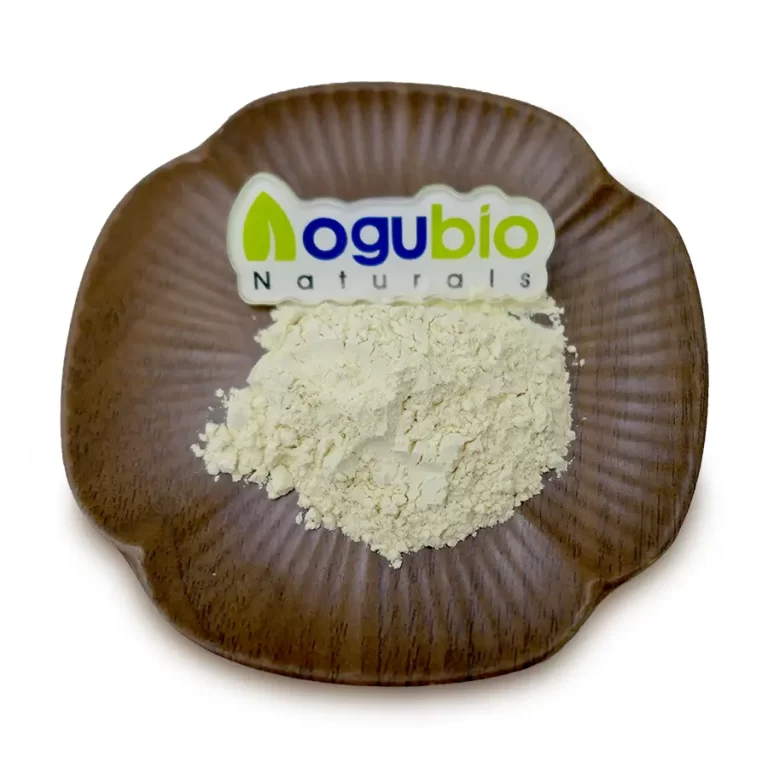
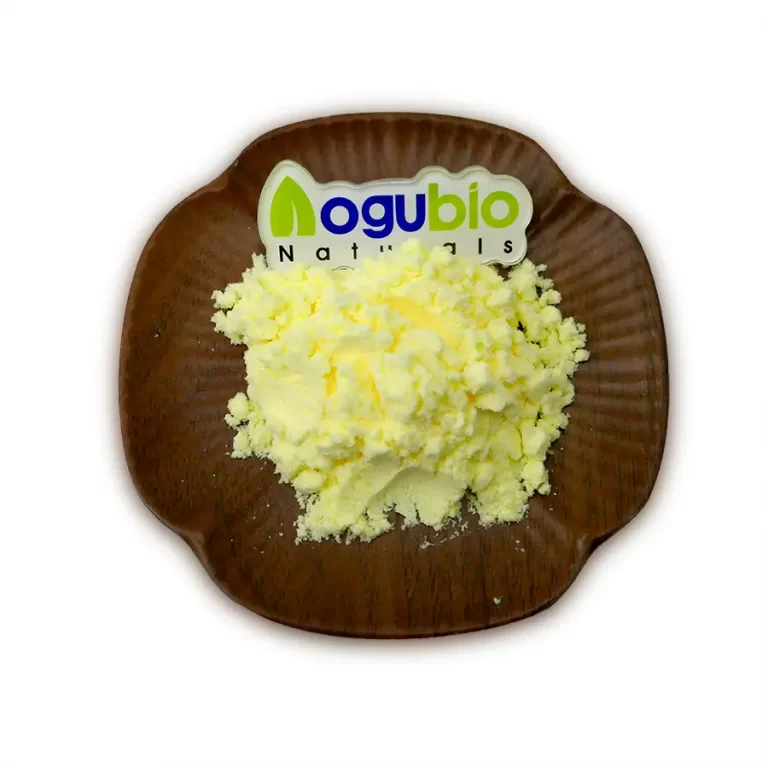
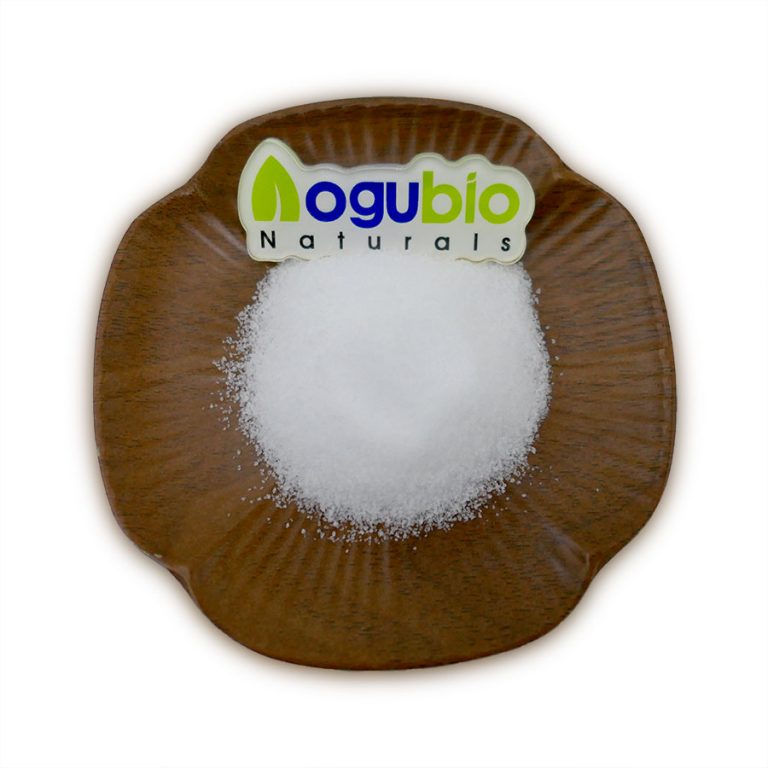

 skype
skype Sales Manager
Sales Manager Rebekah
Rebekah Rachel
Rachel Miranda
Miranda Camilla
Camilla
 Sales Manager
Sales Manager